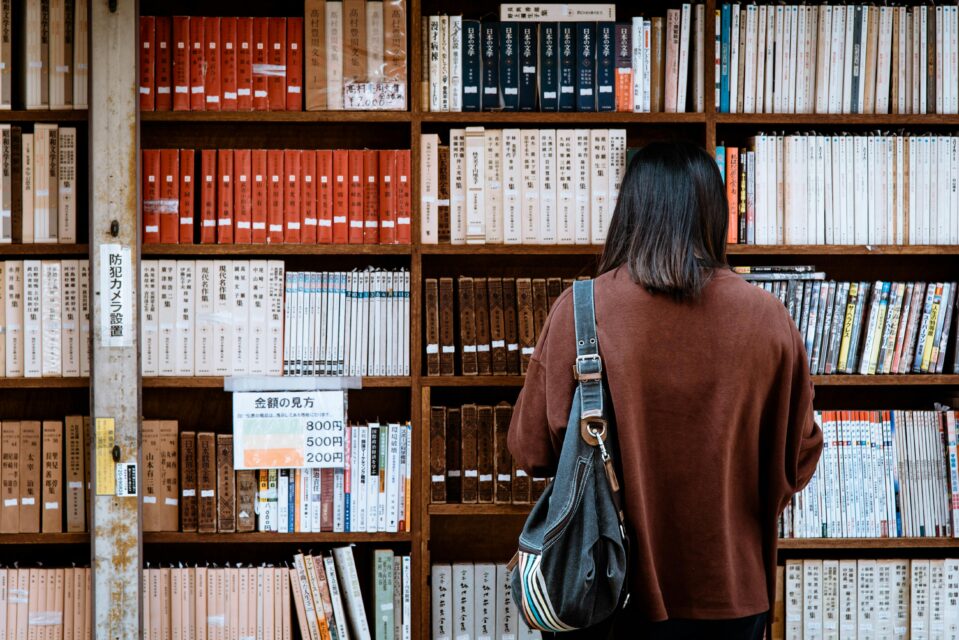More than just places where people learn, schools have unique customs and captivating details about them that portray a mixture of different cultures and histories. From ancient institutions to modern educational practices, these schools have been instrumental in molding societies across the globe.
Did you know that the King’s School in Canterbury, England, is the oldest school still running today, having been founded in 597 AD or that Japanese students take part in cleaning their classrooms as part of their daily lives? Did you know that summer vacations—generally perceived to relate to agriculture—were actually established in America so that students could remain cool throughout summer months?.
All this trivia reveals the diverse nature of education, with every school telling its own tale along with some remnants from the past. Let us explore a bit more into the 10 interesting facts about school.
10 Interesting Facts About School

There are so many interesting facts about schools across the world. Below are 10 interesting facts about school you never knew:
1. Summer Holidays
contrary to what you might expect, summer holidays in America were not created for farmers’ use but to ensure comfort for students in the hottest months of the year. Prior to air conditioning, several schools could not tolerate the summer heat; therefore, a pause was introduced.
Even when air conditioning became popular, this schedule still prevailed. Therefore, today the long-term summer holiday is still an important part of American culture regionally, which allows families to go on trips and camps with their kids.
Nevertheless, some educators postulate that it triggers ‘summer slide’; hence, most students forget important things they learnt throughout the previous academic year.
2. Japan’s Classroom Cleaning Tradition
Understanding the reason behind why students in Japan are responsible for cleaning their classrooms can be traced to self-discipline and caring about the world around us. This is referred to as “souji,” and it is a daily practice that shapes Japanese education.
Students do sweeping, mopping floors and tidying up in class rooms and common areas by working together to ensure good upkeep of the school. Such acts of cleaning instill in students’ sense of responsibility, teamwork and cleanliness, among other virtues.
Additionally, it promotes their pride towards their schools, thereby lessening the need for hiring cleaners or janitors. This custom encapsulates cooperation, self-reliance, and respect for other people’s property as well as focusing on community within broader cultural values in Japan.
3. Finland’s Educational System
Finland is known for its education system which is among the best the world has ever had, characterized by equality, creativity and student well-being. In Finland School days are shorter, about four or five hours depending on the class level, with virtually no homework given to them.
This way they have more time to play around their homes or do nothing at all. In this approach teachers focus on helping students to love study instead of rote learning. Highly regarded professionals with at least a master’s degree in Finland become teachers whose job is respectful.
The curriculum is flexible enabling learners to develop individual learning strategies. Are you aware that many countries on earth rank as having some of the best educational systems in the world? What this shows us is that little in education can go a long way.
4. Multilingual Education in Switzerland
Education system of Switzerland mirrors its multilingual nature, as schools provide instructions in the four national languages of the country which include German, French, Italian and Romansh.
Students are generally instructed in the language that dominates their area of residence but they should also study. Some regional students can learn one or more other languages spoken in Switzerland .
By graduation time, such students will be able to speak multiple languages fluently hence improving their ability to interact effectively across cultures. Moreover numerous Swiss learners have studied English too.
All these aspects show how much Switzerland desires every person to be able to communicate using more than one language at any point in time by making it possible for them to access different kinds of training.
5. France Handwriting Culture
Handwriting is an important skill in France, and this is mainly why great care is put into teaching pupils to write cleanly and legibly. From early on, children are made to use fountain pens and cursive writing is preferred over print.
In schools, more time is allocated for handwriting practice with the belief that it helps improve fine motor skills, enhances concentration and pays attention to detail. Therefore good handwriting is highly regarded and students often get marks depending on how well they write.
The role played by handwriting in the French education system shows a wider cultural value for detail, craftsmanship and beauty. Even though there are advancements in digital technology, handwriting still remains significant in France’s education sector.
6. South Korea’s Long School Days
South Korea is known for its rigorous education system, with students often attending school for up to 16 hours a day. After regular classes, many students go to hagwons, or private tutoring centers, where they study until late evening.
This intense focus on education is driven by the highly competitive university entrance exams, which play a critical role in determining future success. While this system has led to high academic performance, it has also sparked concerns about student well-being and mental health.
Efforts are being made to reduce the pressure on students while maintaining educational standards.
7. China’s Mandatory Nap Time
In China, numerous regions advocate that students should have a nap after their lunch break, during school sessions as well. This practice termed “wu jiao” is thought to enhance mood, concentration and even improve personal health.
Schools do have special desks which can be altered so that they can act as beds for those who want to take a quick rest or sleep on their desks’ surface. Midday naps are part of the Chinese tradition, since they are regarded as important aspects upheld by communities for productivity and wellness purposes.
Moreover, there is research evidence supporting the advantages of short naps particularly among children; hence this makes it an important aspect in schools within this country.
8. Finland’s No Homework Policy
Finland is known for its education system that prioritizes play, creativity and well-being rather than rigorous testing and homework. In Finland, especially in primary schools, teachers seldom give assignments to their students.
It is assumed that the children would prefer resting or indulging themselves in different activities after school. Instead, class time is used effectively by forcing students to focus on deep understanding and critical thinking.
Teachers are well equipped with training and they have the freedom to tailor their lessons according to the needs of their learners. In spite of the fact that Finland has fewer hours of study per day compared with other countries it has an excellent performance record in global assessments with no homework policy for its scholars.
This shows us that through this system a student may be successful academically without being swamped by what could be called an avalanche of assignments.
9. China’s Gaokao Exam
The Gaokao, China’s national college entrance exam, is one of the most challenging and significant exams in the world. Every year, millions of students take Gaokao that decides who gets into colleges and often influences their careers.
The exam tests a lot of subjects such as Chinese literature, mathematics, foreign languages, social sciences among others. Preparation for this test is so intense that some students study for many years just to get high grades.
Also, this exam is a major event in Chinese society, with families and communities supporting students during this critical time. The Gaokao is seen as a gateway to success, but it also places considerable pressure on students.
10. School Meal Programme in Brazil
Like India, Brazil has a strong school feeding program which provides free meals to students attending public schools. The program is designed not only to improve nutrition but also support local farmers by sourcing food from small –scale farmers.
The meals are prepared using fresh, locally grown ingredients reflecting regional culinary traditions with much pride and passion. The initiative has helped in reducing malnutrition and food insecurity among Brazilian children particularly those living in low-income communities.
It also promotes healthy eating habits and educates students about food choices that are good for their wellbeing. The school meal program plays an integral role in Brazil’s overall improvements in public health and education system.
Wrapping Up
Schools are far more than just institutions for learning; they are reflections of cultural, historical, and societal values worldwide. From the oldest running school in Canterbury to Japan’s emphasis on cleanliness and teamwork, these fascinating facts highlight the unique practices that shape education across the globe.
Whether it’s Finland’s no-homework policy or South Korea’s intense study culture, each educational system offers insight into the diverse ways societies value knowledge and discipline. As we uncover these facts, we gain a deeper appreciation for how schools are integral to shaping the future while preserving traditions and promoting community values.


